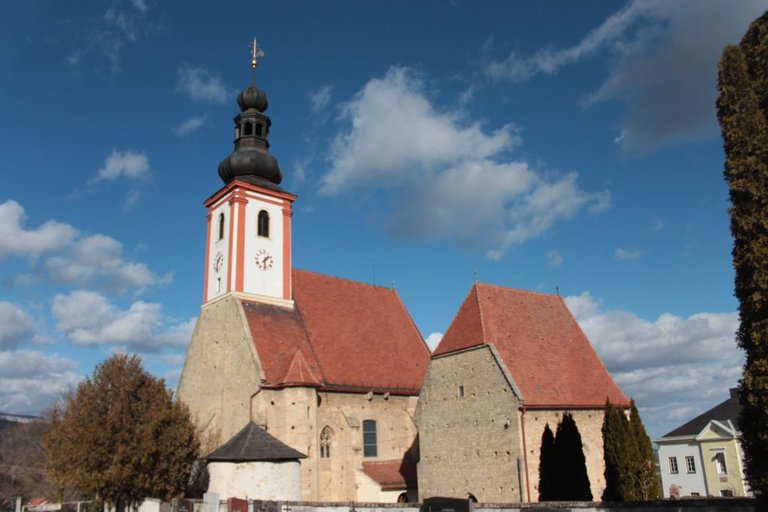
An hours drive south of Vienna is the small village of Würflach. You might overlook it on your way passing through it to other places. But over the years, there's been a few features of it that always caught my attention. The Würflach Parish Church of St. Anna was one of them.

Not only was the age of the church that caught my eye, but it's position and surrounding walls that looked like fortifications. In this region, fortified medieval churches are not unusual. These were the frontier lands with the Hungarian plains not too far off, from whence many an invader came over the centuries.
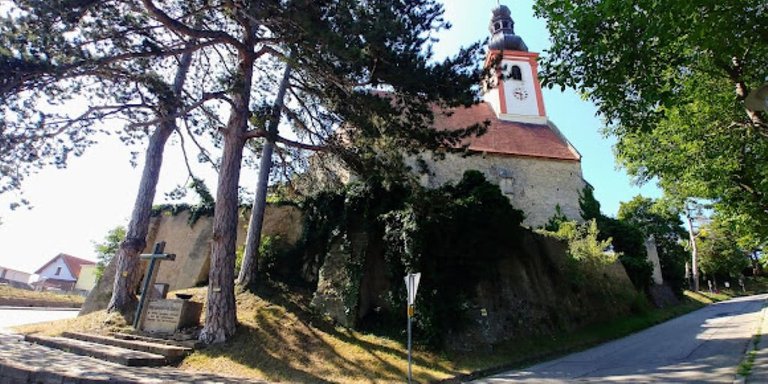
The exact founding of the church is lost. Würflach itself was founded by Bavarian monks from Vornbach Abbey (Formbach) in 1094. A church in Romanesque style built on the crest of the hill was first mentioned in a document dated, 1204 and mentioned again in 1353 as a branch of the parish church of St. Lorenzen am Steinfeld.

The conversion from the Romanesque to the Gothic church probably took place in 1479. This date was found in a stone in the cemetery wall.
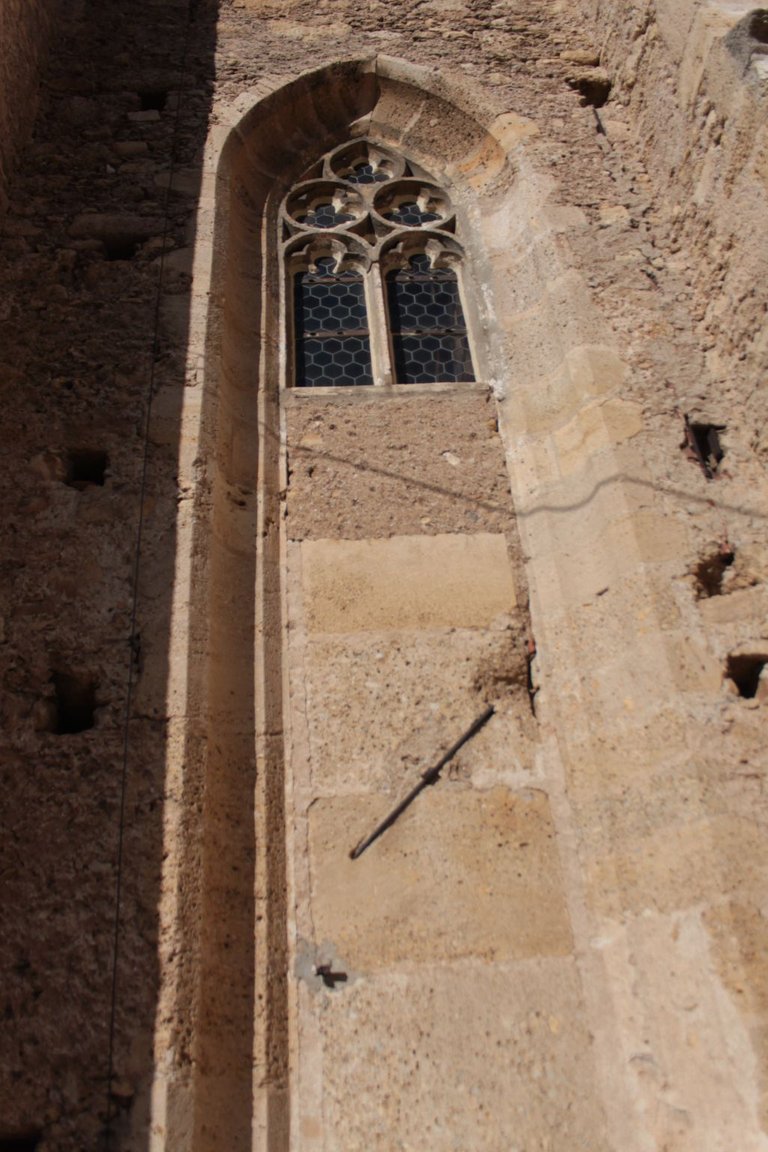
The church and it's fortifications were probably built during this time by Sebald Werpacher, the town mason of Wiener Neustadt (died 1503). Among other things, his will states: "Item die von Wirflach owe me two pounds of pennies from the church, I owe them a stone to a shape."
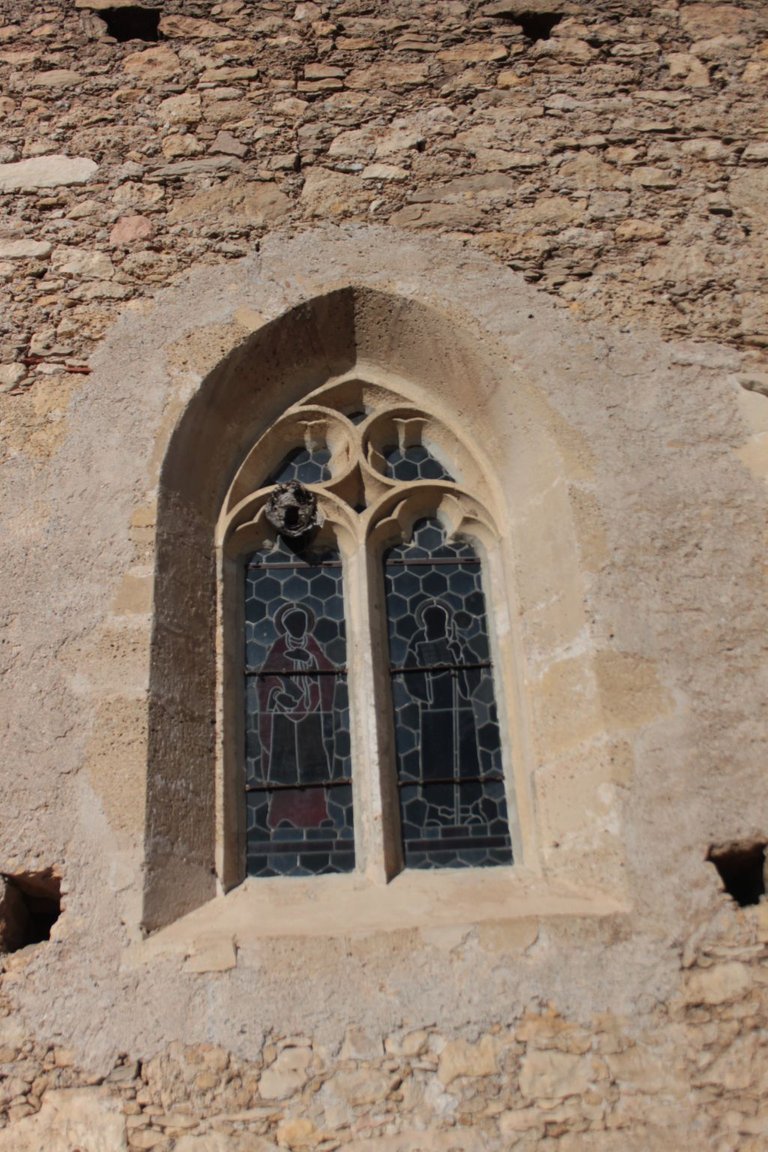
The defensive wall built around the churchyard stood at a height of four meters, with loopholes, battlements and towers. The reason for the fortification of the church was in response to the invasion and occupation of the Hungarian King Matthias Corvinus in the late 15th century. Many other churches were also similarly fortified during this period.
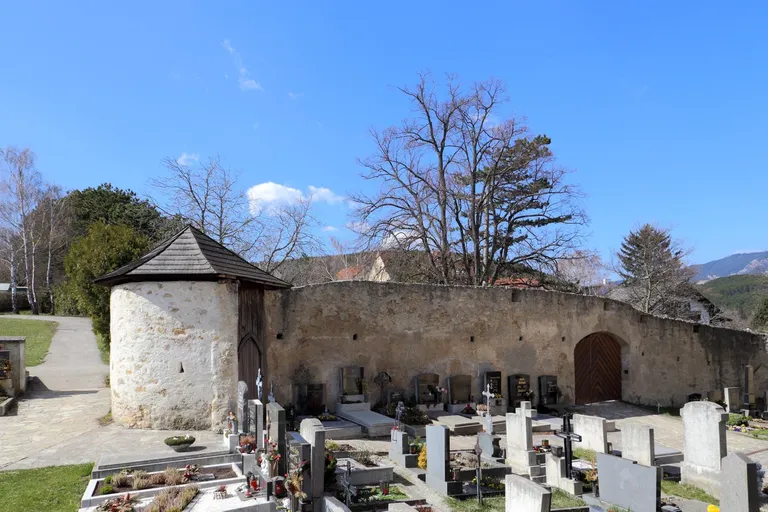
There was also a wooden walkway on the inner side of the wall for defenders to stand upon. The evidence for this can still be seen by the holes where the wooden beans were once socketed.

During the invasion of the Ottaman army 1683, the church was seriously damaged with the main roof truss collapsing. Reconstruction commenced in 1685. In 1733 a Baroque tower was added to the building, and in 1743 the temporary wooden roof was finally replaced. It took the community 60 years to make the building whole again.
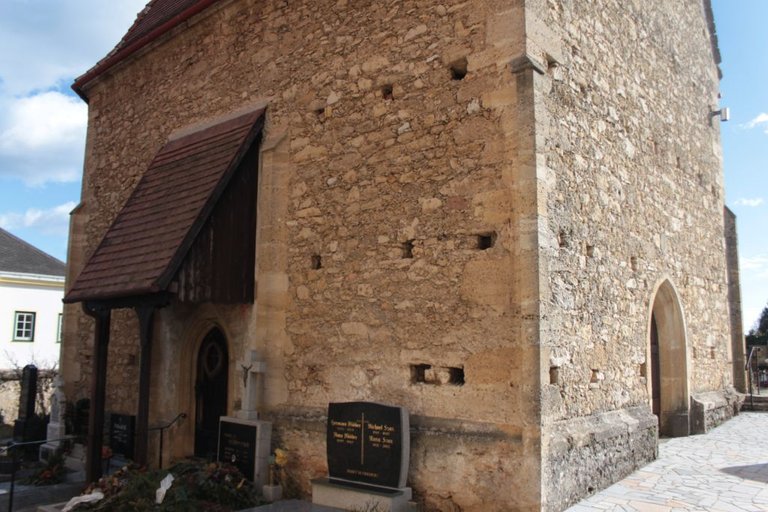
To the side of the church is a smaller secondary church that was built as a plague chapel. It was a place of pilgrimage during plague outbreaks. Guide books often mistakenly refer to it as an ossuary.
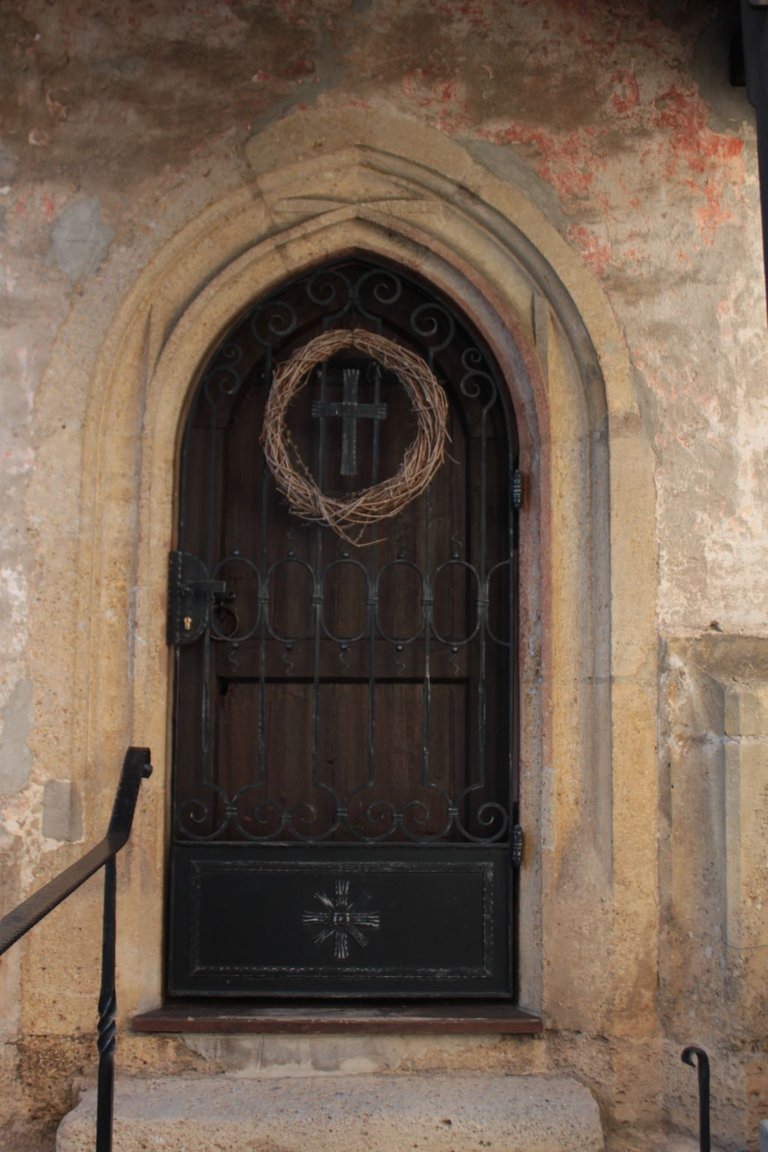
It fell into complete disrepair over time, with at one point it being sold for it's worked stone. However it was given a last minute reprieve and stood as ruin until the 19th century when the Reverend had it restored at his own expense.
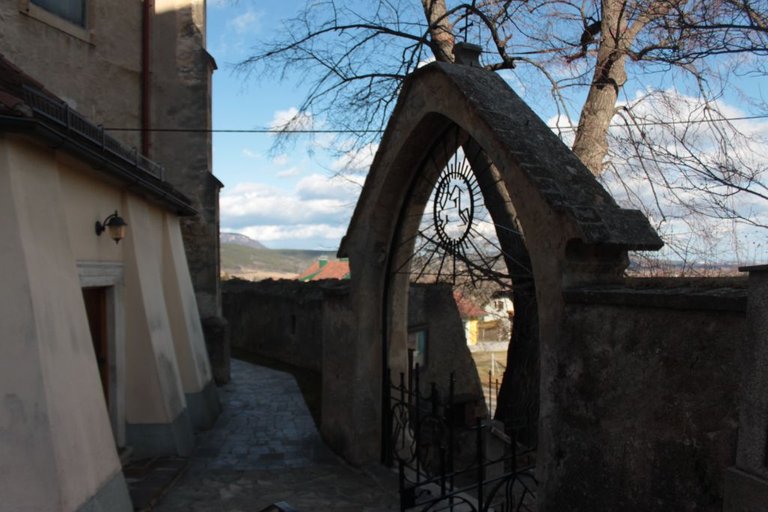
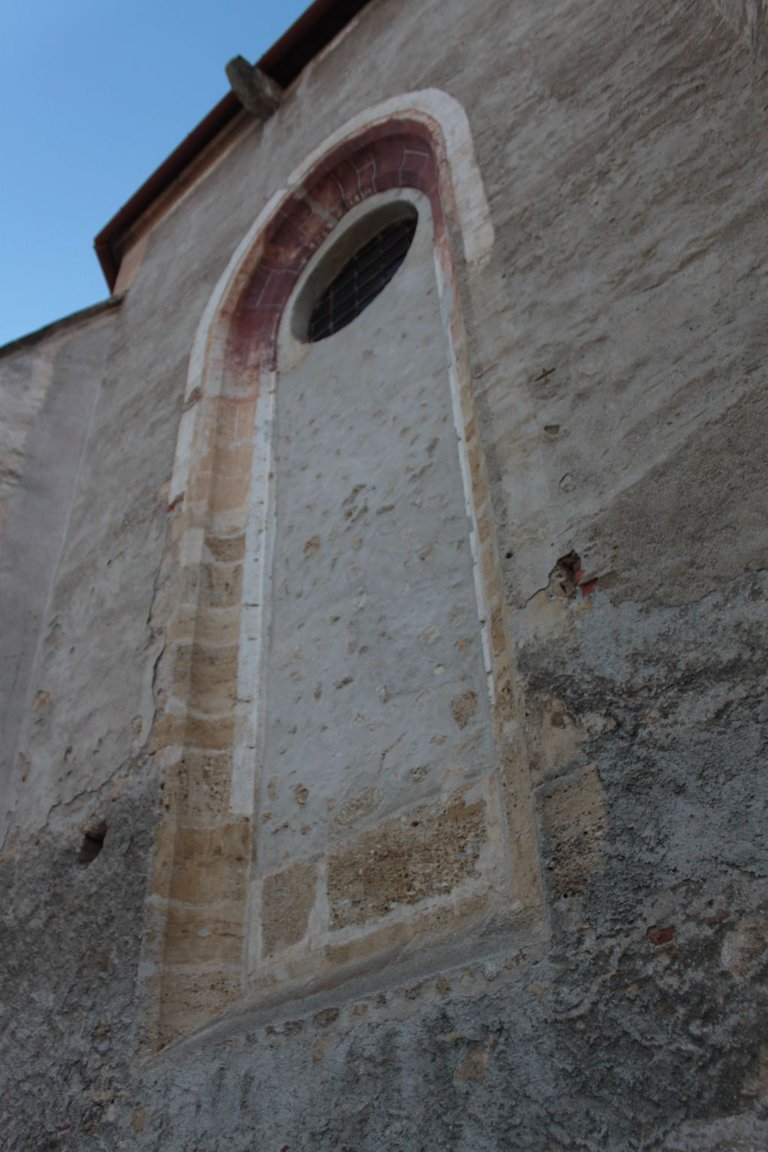
Very little of the interior of the Gothic church remains after it was remodelled in the Baroque style.

In the past century the church saw it's most recent restoration work. The cross atop the church has a time capsule from the 1800s.
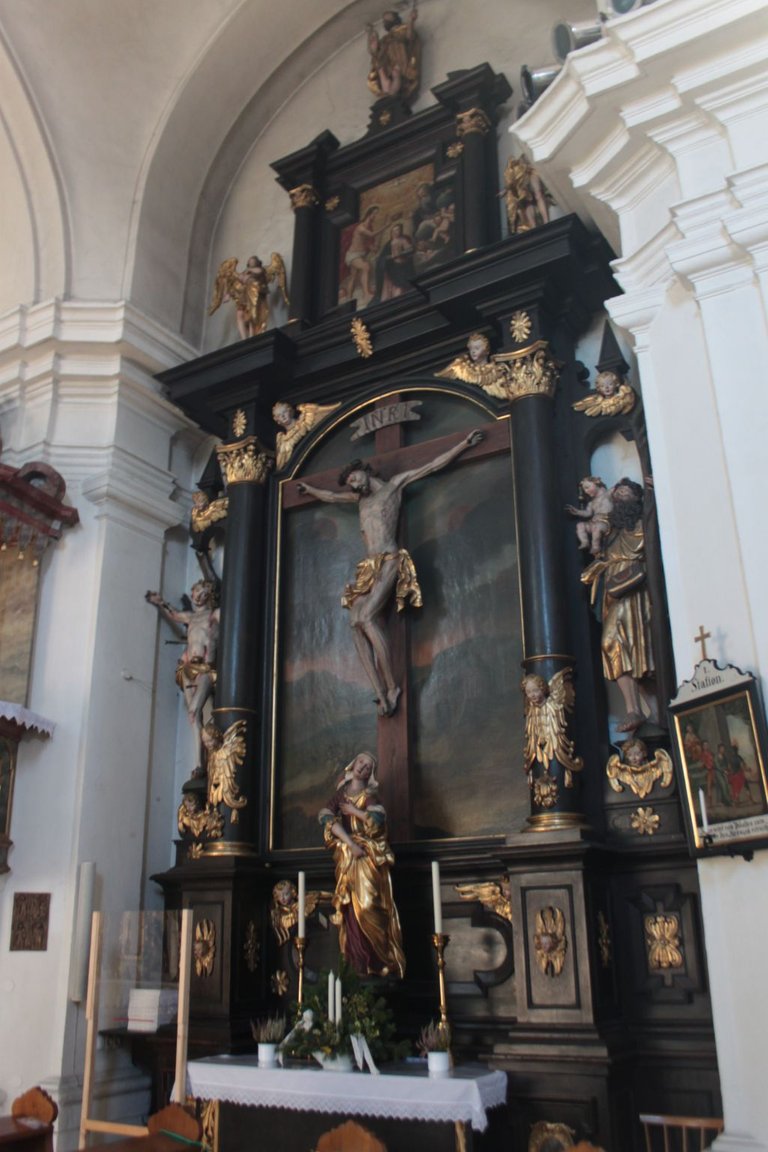
During the repairs conducted in 1970, the time capsule was opened. It contained the following:
- A parchment scroll with records of a tower repair carried out in 1897.
- Wrapped in this parchment roll was a small picture of the cross relic of the monastery with a prayer in German, Hungarian and Slavic languages and
- A company card of the roofing company Johann Hansel from Wiener Neustadt.
- A purse with 12 pieces of old coins.
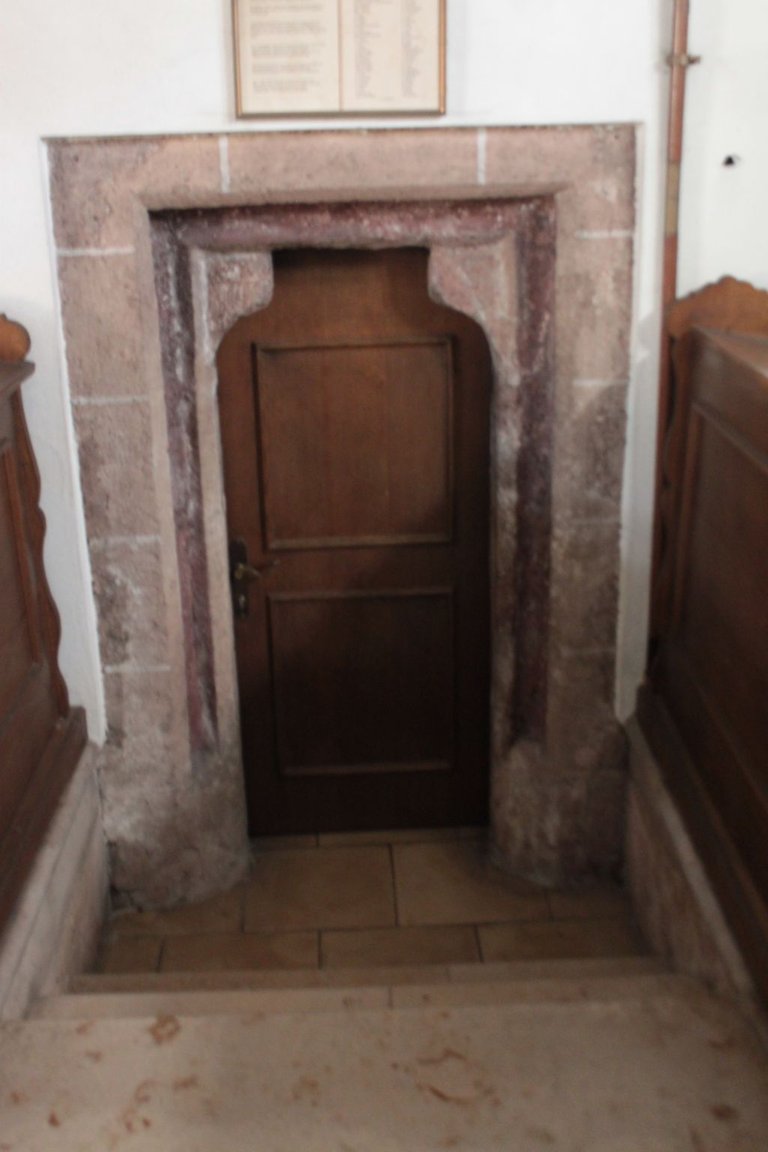
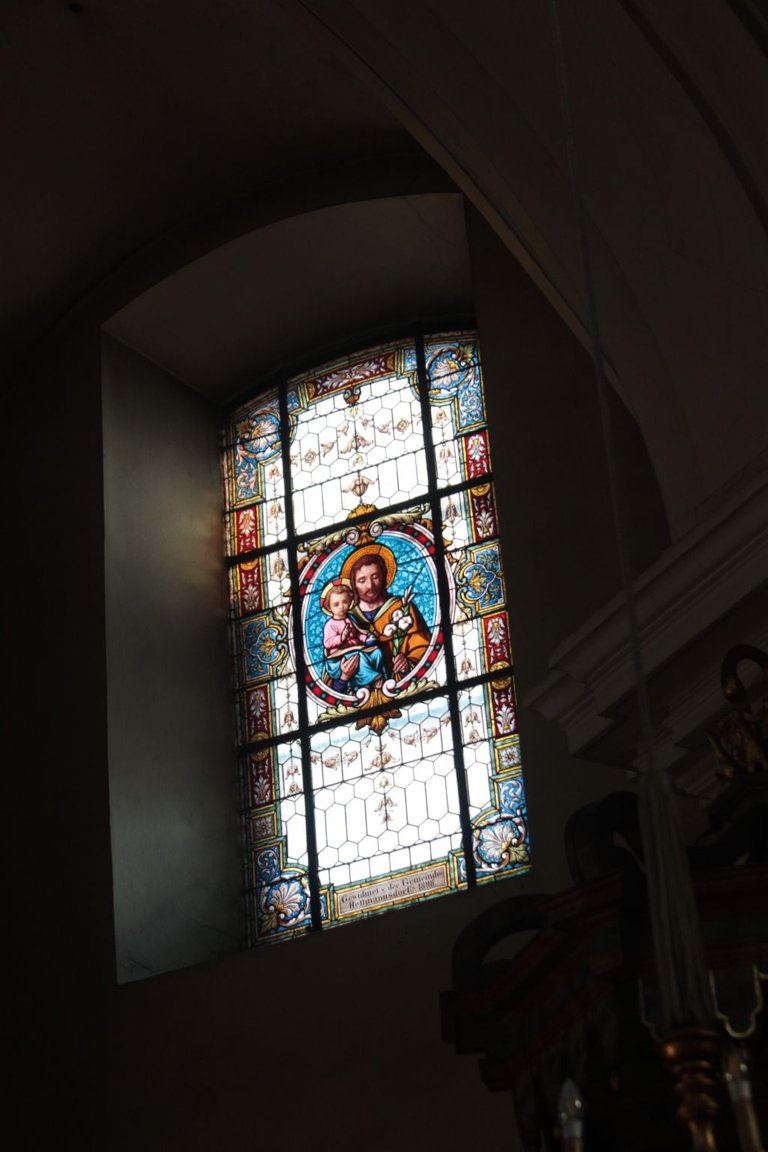
What I find fascinating about these buildings, is that they are a veritable ark of handcraft.
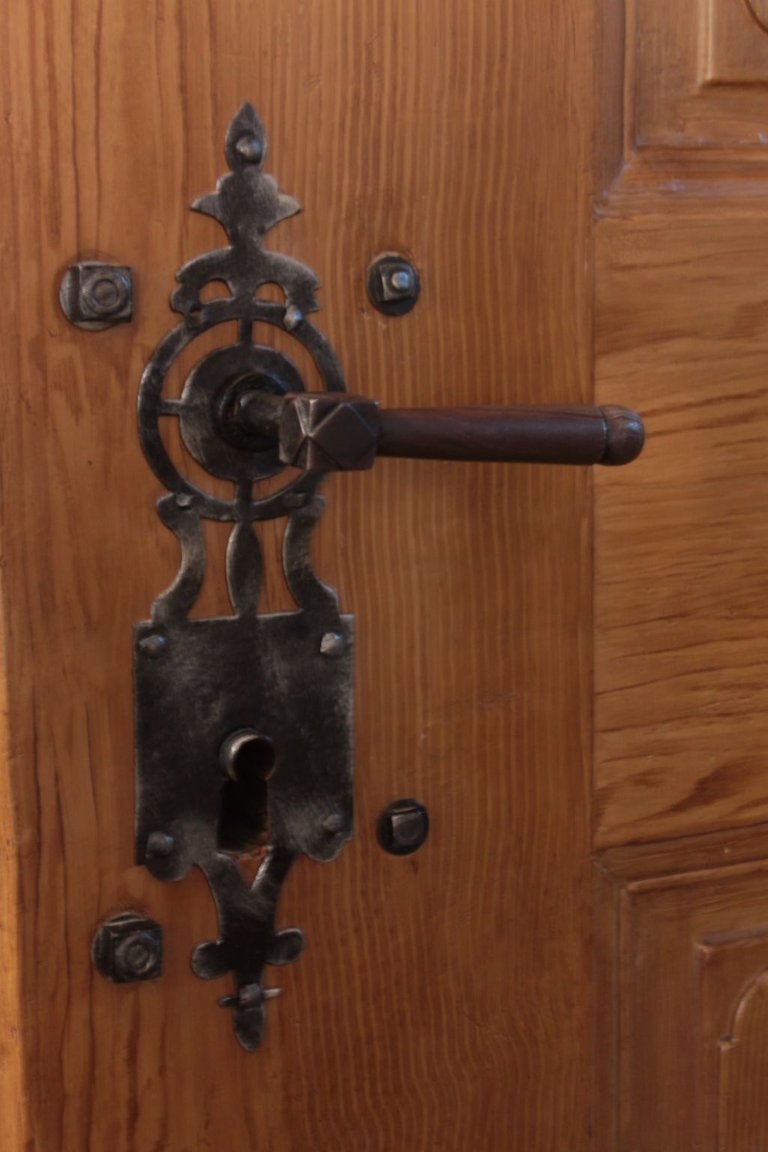
In my research, I could find no online records of what happened to the church during WWII. What I do know is that there was heavy fighting in the region as Soviet troops advanced North towards Vienna.
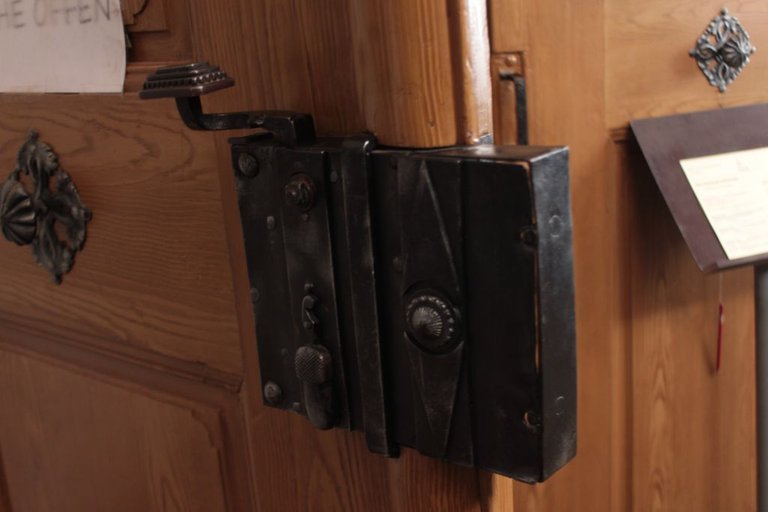

Each one of the above fittings is handmade. The attention to detail and artistry in what are functional objects is wonderful and something sorely lacking in our modern times.
Visiting these places is to visit another time and witness the marks left behind by those long gone.
I've recently been to Vienna but had no idea about this place. Makes me want to visit Austria soon! I'm happy to get to discover less known parts of the world thanks to people like you 💓🙏🏻
Hi Gabriela! Lower Austria (Nieder Österreich), the state surrounding Vienna is littered with places like this. There's so much history off the beaten tourist path. It's been like a big jigsaw puzzle, putting the pieces of history together. Take a look at some of my other posts for this region. If you like castle ruins, there's plenty of those also.
Hiya, @LivingUKTaiwan here, just swinging by to let you know that this post made it into our Honorable Mentions in Daily Travel Digest #1869.
Your post has been manually curated by the @pinmapple team. If you like what we're doing, please drop by to check out all the rest of today's great posts and consider supporting other authors like yourself and us so we can keep the project going!
Become part of our travel community:
Thank you very much for adding the post to the Daily Digest!
😀
Perhaps in times of war, they built it as solidly as a fortress. Where can protect the house of God and His sheep.
Yes, back then the church was the centre of the community, so it made sense to fortify it during the wars. It gave people physical and spiritual security.
I do love a lot of the old buildings for the attention to detail in literally everything.
The amazing thought is that it is all hand made, over generations. Whether one is religious or not, these places are to be treasured as they repository of the local community.
What a lovely historic church - its stunning. Its squat-ness is also quite unusual (at least here in the UK it would be unusual). I'm intrigued by the holes in the wall of the church - I wonder what those were for. They are very regular and not unlike the holes in the defensive wall that there there to support the wooden walkway. Was it maybe for scaffold during building, or maybe during later rebuilding ?
Love the post, thanks for sharing !
I think the church has lost some of it's form over time, especially the Gothic features. Personally, that's a pity as I am a fan of Gothic architecture and not of the Baroque that followed it.
I concur with your assumption that there was some sort of "permanent" scaffolding that had once been affixed to the side of the church. The smaller plague chapel next to it also has similar holes. I guess they wanted to get to the roof as an observation post, or possibly shooting position.
During the Ottoman invasion, I would have preferred to have headed for the Starhemberg Castle a few kilometres away. This little outpost would not have stood much of a chance. But then again, if you're a local peasant on foot, you might not make it to Starhemberg before the Janissaries rode you down. The slaughter they wreaked upon the inhabitants was unspeakable. People fled for the hills and caves, and still the Janissaries hunted them down. That is coming up in another post. All over this region you find caves name "Türkenloch" (Turk hole) meaning it was used as a refuge from the Turks. Whether the people survived is another story.
the church is very beautiful and it gave me a sense of peace. Thank you for sharing
It was an interesting place to visit. 😃
Congratulations, your post has been added to Pinmapple! 🎉🥳🍍
Did you know you have your own profile map?
And every post has their own map too!
Want to have your post on the map too?